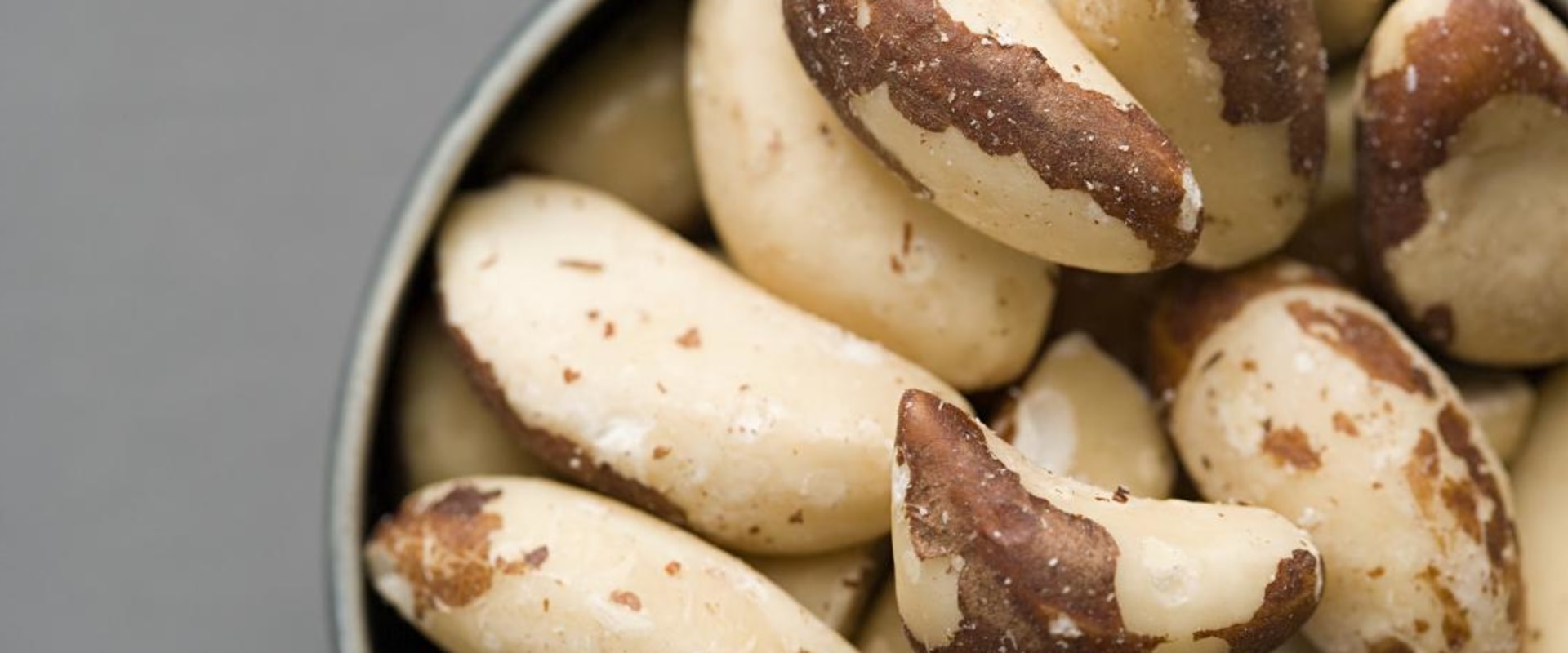After the “catastrophic harvest” in the Amazon rainforest, there has been a drastic reduction in Brazil's nut supply. The lack of rain in South America due to El Niño also caused Brazil nut pods to fall ahead of time, causing fewer seeds to germinate and turn into trees. Eating mixed nuts while watching the Rio Olympics made me think both about Brazil and nuts (naturally). So I decided to investigate the nut that bears the name of the South American country.
It turns out that the Brazil nut is not really a nut, and they are harvested more in Bolivia than in Brazil. In fact, there are a lot of things about Brazil nuts that are, well, a little crazy. Is there a problem with Brazil nuts? Brazil nuts are high in calories and eating too much can cause selenium toxicity. Like most nuts, Brazil nuts are very high in calories.
People who eat too much Brazil nuts are at risk of exceeding the recommended daily calorie intake. Consuming too many calories can lead to unwanted weight gain. As with almonds or macadamia nuts, you should store Brazil nuts in a cool, dry (NC) environment. Keep in mind that cold doesn't mean being in the fridge.
It means at room temperature (or slightly below) and away from heat sources. Brazil nuts can also be roasted, sweetened and crushed as dessert toppings or even made into puddings, sauces and alternatives to cheese. That date is by no means an expiration date, but rather tells you how long, approximately, nuts should retain quality. In addition, due to the drop in Brazil nut production in recent years, cutting down a Brazil nut tree has been banned in Brazil.
Limit your consumption to one or three Brazil nuts per day to reap the benefits and avoid the inconvenience (HL). But if your Brazil nuts look good but taste a little stale, don't hesitate to toast them to give that flavor a boost. Brazil nuts are loaded with selenium and eating too much can cause selenium toxicity, which is a serious condition (HL). When it comes to refrigerating Brazil nuts or not, it depends on how long you need to keep them.
It's best to eat Brazil nuts raw or blanched, although they can be roasted and salted, like most walnuts. There is no set and agreed shelf life of Brazil nuts, and everyone's opinion is slightly different. In 1981, the Oregon Filbert Commission decided to conform to the common standard and began to emphasize “hazelnut.” In the United States, Brazil nuts in their shell are available in all supermarkets and supermarkets. While it's not one of the main nuts grown in the United States, it's a fascinating plant with unusual fruits.
The Brazil nut comes from the Bertholletia excelsa tree, which is found throughout the Amazon rainforest, an area that spans approximately 2.7 million square miles in South America, stretching northwestern Brazil to Peru, Bolivia, Colombia, Venezuela and Ecuador. In fact, they are more related to blueberries and persimmons than to walnuts or pecans. The Virginia Cooperative Extension (VCE) says shelled walnuts last four months in the pantry and half a year in the refrigerator.

Leave Message